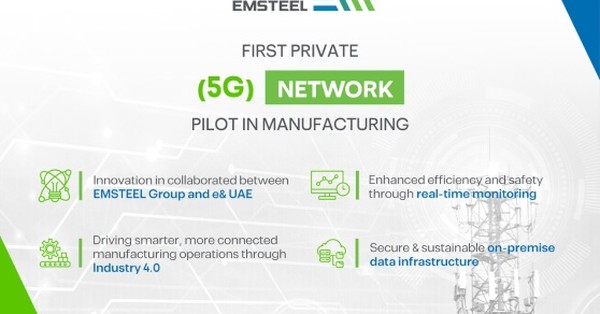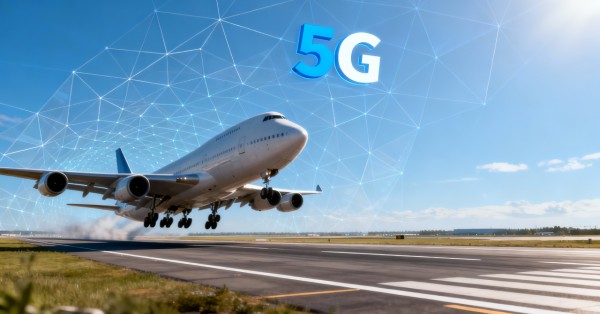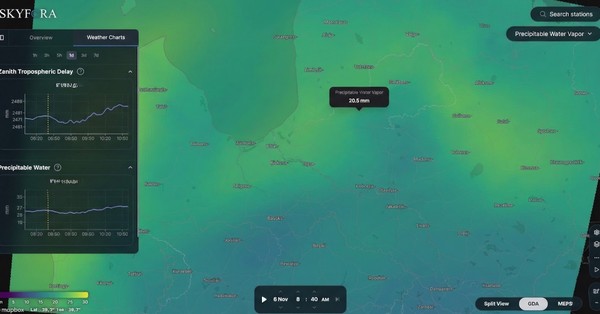Enhancing Forestry with Drones and Telia’s Private 5G Technology
Extending 5G network coverage to remote areas can revolutionize industries like forestry. In a recent breakthrough, a research project in Sweden successfully demonstrated using drones equipped with portable mobile base stations to control forestry machines remotely. This innovation was tested in a forest outside Västerås, central Sweden, as part of a collaborative effort involving multiple organizations, including Mittuniversitetet, Telia, Ericsson, Skogforsk, SCA, Volvo CE, and Biometria.
Addressing Connectivity Challenges in Remote Forests with Telia’s Private 5G
The primary challenge addressed by this project was extending 5G network coverage to areas with limited or no connectivity. Remote forests pose significant obstacles for connectivity, making it difficult to control machinery remotely. Ensuring reliable and low-latency communication is crucial for the safe and effective remote operation of heavy equipment.
Drone-Based Telia Private 5G Network for Remote Machinery Control
To overcome these challenges, the project team equipped a drone with a portable mobile base station to create a 5G Private Network in the test area. This setup allowed for the remote control of a forestry machine. The tests, conducted in May, demonstrated that the drone could maintain a stable connection, enabling the forestry machine to operate seamlessly under remote control.
Successful Remote Control of Forestry Machines Using Telia Private 5G Drones
In November 2021, the project achieved a milestone by remotely controlling a timber loader at SCA’s Torsboda timber terminal in northern Sweden. Building on this success, the team conducted tests in a forest near Västerås, where they used the drone to extend 5G coverage and remotely control a forestry machine from 80 kilometers away. The drone created a coverage area extending up to 3 kilometers, showcasing the feasibility of this approach.
Why Telia’s Private 5G Technology is Ideal for Remote Operations
The choice of 5G technology was pivotal due to its low latency and high reliability, which are essential for remote operations. The 5G network provided the necessary bandwidth and responsiveness, ensuring smooth and precise control of the forestry machine.
Key Benefits of Telia Private 5G and Drone Integration in Forestry
This innovative use of 5G and drone technology offers several benefits:
- Enhanced Connectivity: Extends network coverage to remote areas.
- Improved Safety: Allows operators to control machinery from a safe distance, reducing exposure to hazardous environments.
- Operational Efficiency: Enables continuous operations in areas where connectivity was previously a limitation.
Broader Applications of Telia Private 5G Drones in Various Industries
This technology has the potential to transform various industries beyond forestry. In agriculture, it can facilitate the remote operation of machinery in vast, rural areas. In disaster response, drones equipped with 5G base stations can provide critical connectivity in areas where traditional networks are compromised.
Telia’s Crucial Role in Providing 5G Network Infrastructure
Telia, as a key participant, provided the 5G network infrastructure, ensuring robust and reliable connectivity. Their expertise in network innovation was crucial for the project’s success.
Collaborative Effort from Leading Technology and Industry Partners
Other partners like Ericsson contributed their technological expertise, while Skogforsk and Volvo CE provided industry-specific knowledge and equipment for testing. The collaborative effort ensured the project addressed both technological and practical challenges.
Current Status and Future Prospects of the Telia Private 5G Drone Project
As of now, the project has successfully demonstrated the feasibility of using drones to extend 5G coverage and remotely control forestry machines. Data collected from these tests are being analyzed to further refine the technology.
The initial milestone was reached in November 2021, with further successful tests conducted in May 2023. The project continues to explore additional applications and improvements.
Magnus Leonhardt, Head of Strategy and Innovation for Telia Sweden’s B2B business, praised the project, stating that it opens new opportunities for connecting remote businesses. Researchers like Professor Mattias O’Nils are optimistic about the potential for further advancements and applications.
In conclusion, the integration of drone technology and 5G Private Networks holds significant promise for remote operations in various industries. This project demonstrates the potential for enhancing connectivity and operational efficiency in challenging environments.







































